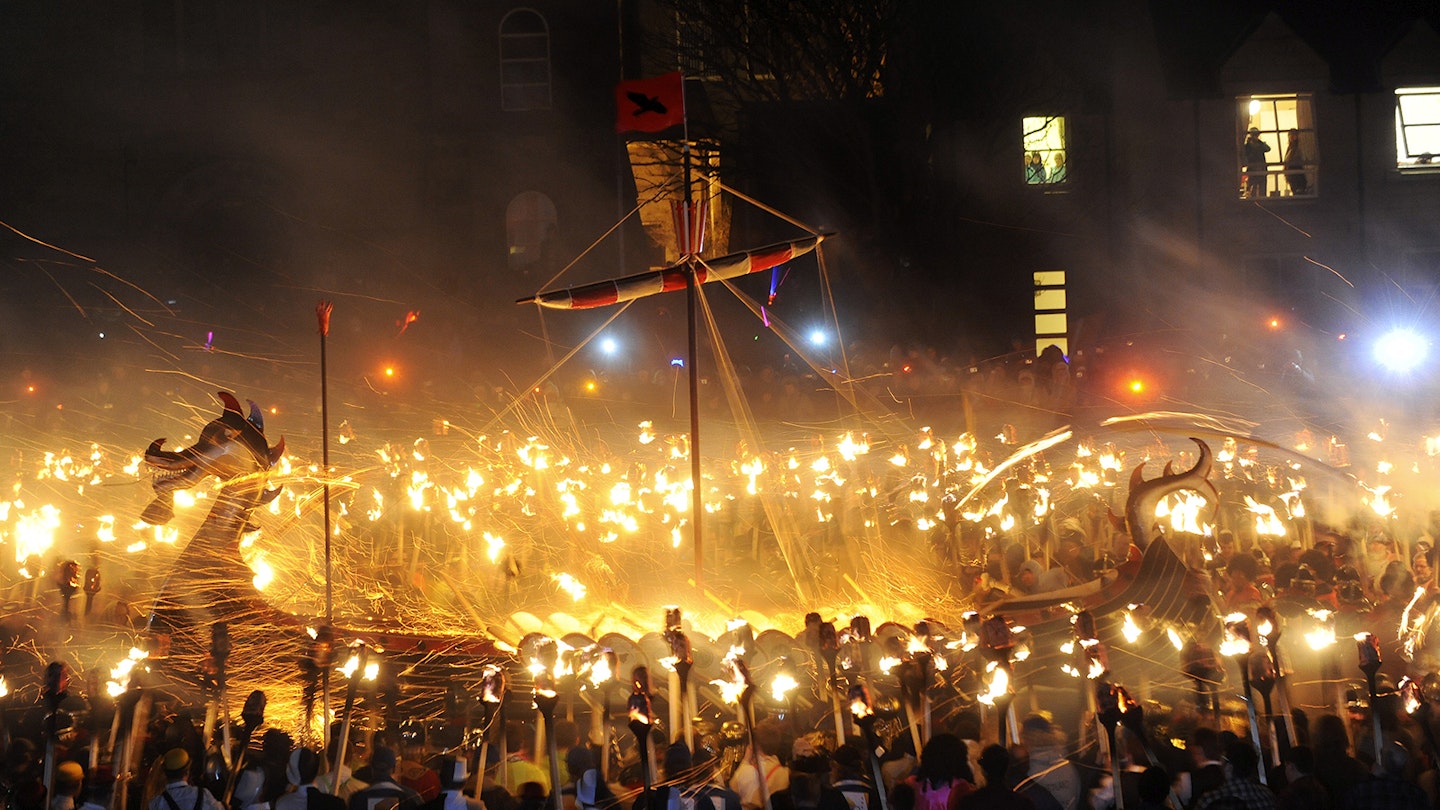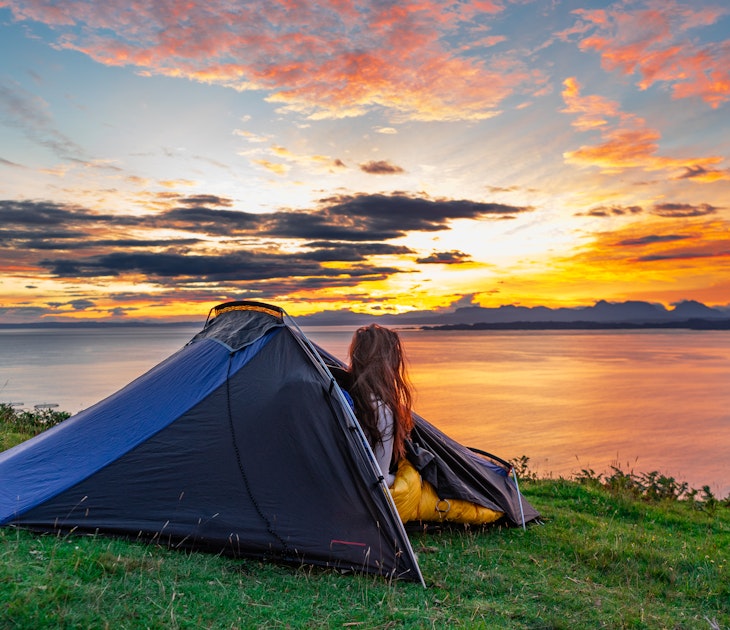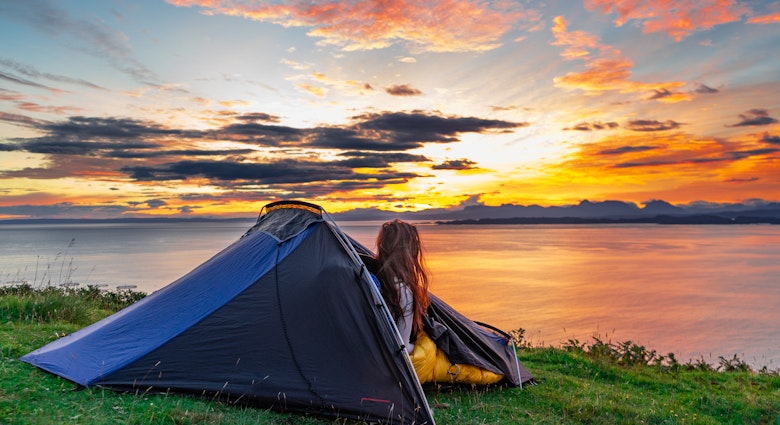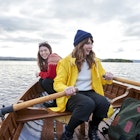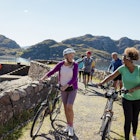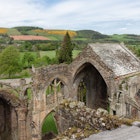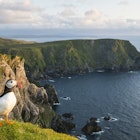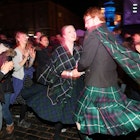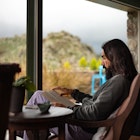Standing almost horizontal against gale-force winds and the kind of rain that makes you wish you’d spent your life savings on waterproofs, I begin to question my motives for visiting Shetland in January. I'm pressed up against a cold stone wall, counting down the minutes.
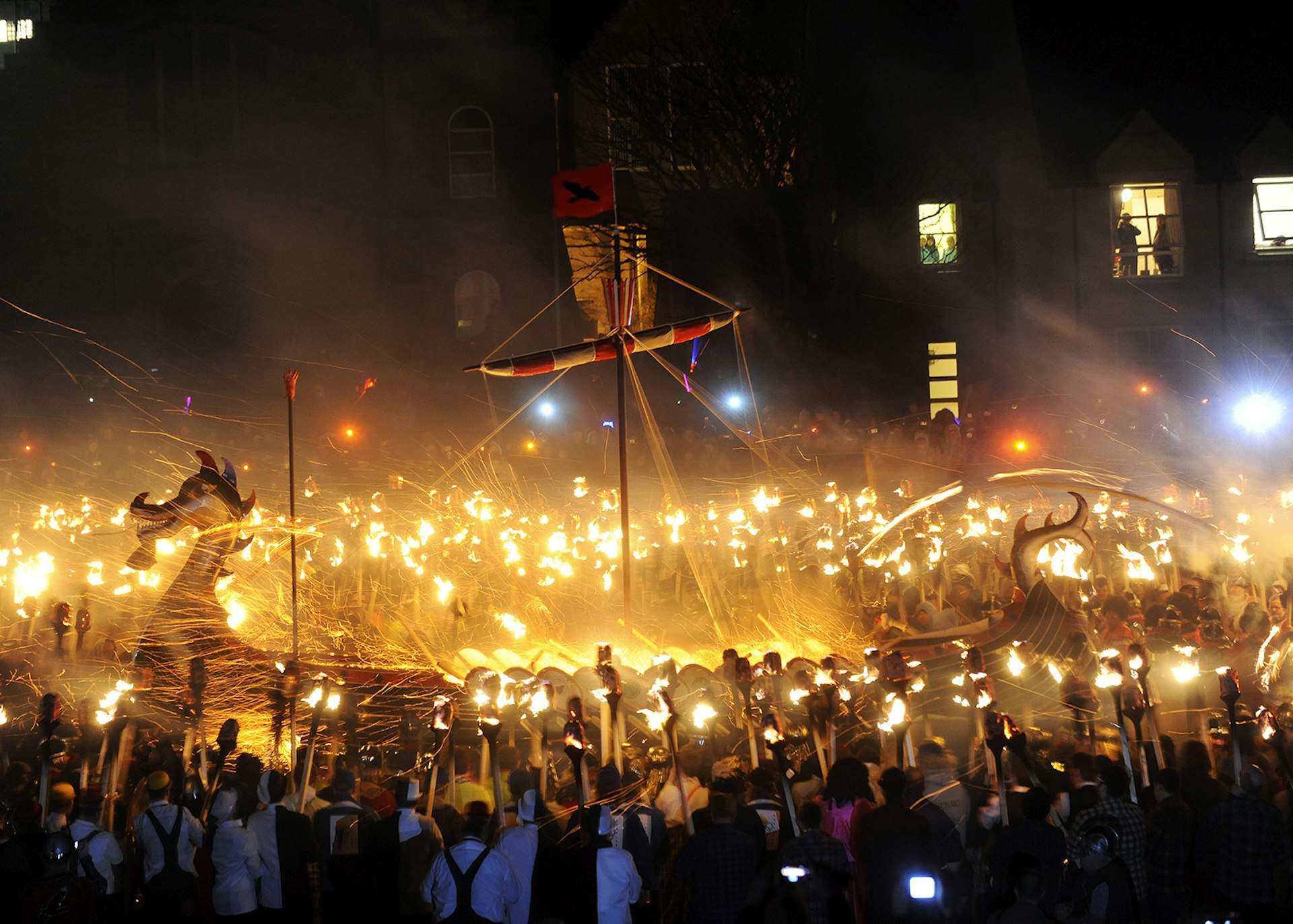
Suddenly all the streetlights are extinguished and the tiny town of Lerwick is plunged into darkness. Around me, the dances of sodden spectators trying to warm up regain some of their buoyancy as excitement rises. There’s only one reason thousands of people would come to the edge of the world in the dead of winter to stand outside, for hours, in the pitch black – the Up Helly Aa fire festival.
At 7.30pm on the dot, bright purple-orange flares crack through the din. The distant rooftops seem to blossom with fire as down on the streets below 1000 torches are lit for an army of as many men to march through the streets, led by a battle-clad and bearded band of Vikings known as the Jarl Squad. Flames dance off the winged helmet and shield of their leader, the Guizer Jarl, who commands a replica Viking longship which is wheeled at the head of the procession.
I’ve only been in this remote part of the world for a few days, but the whole thing feels utterly and undeniably Shetland.
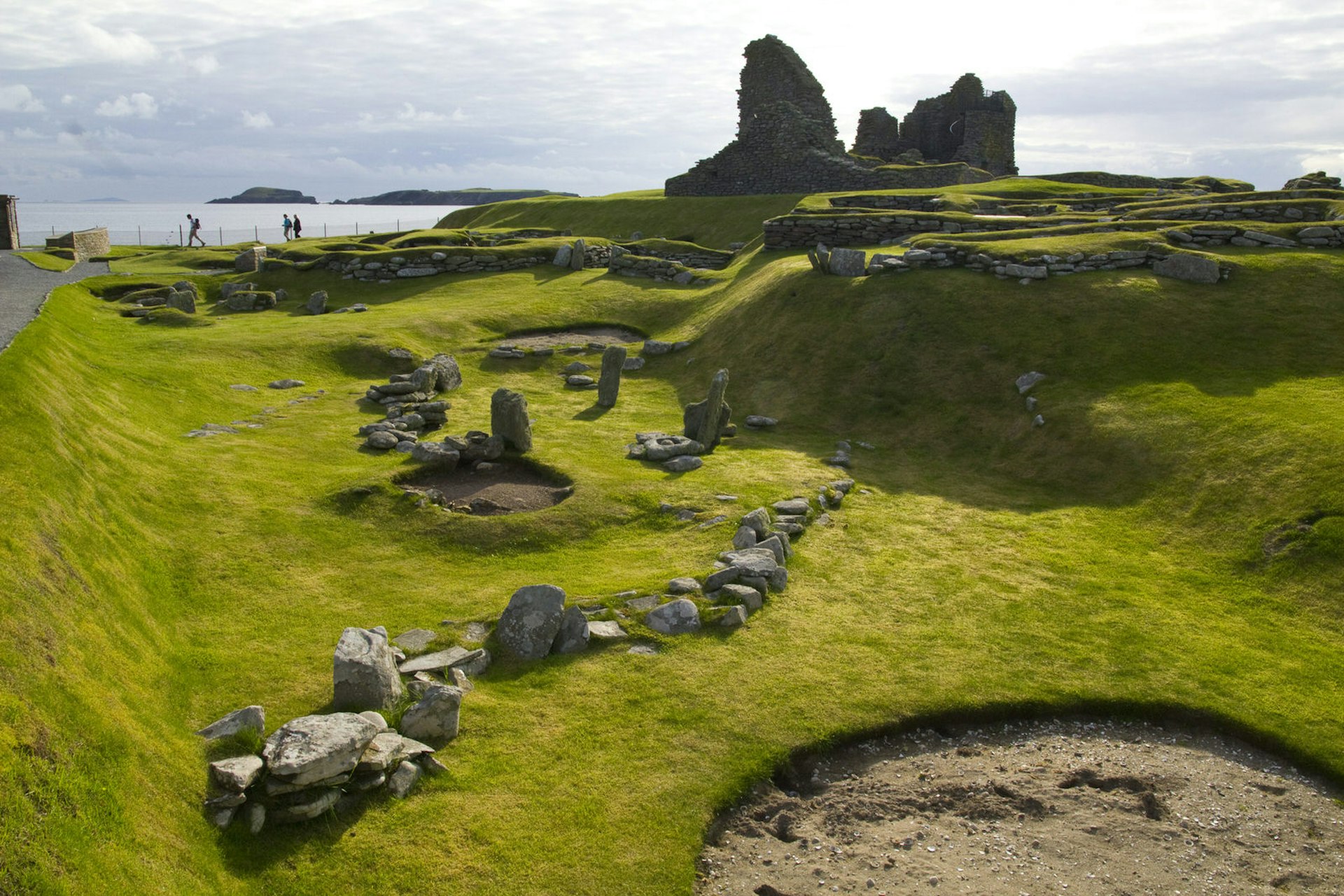
A land fit for Vikings
This remote archipelago off the northeast coast of Scotland is part of the UK. But touching down here, after a journey of progressively smaller planes and progressively friendlier people, feels like landing somewhere very distinct from the rest of the British Isles. Indeed, the Shetland Islands are closer to Scandinavia than Edinburgh, and Shetland was part of Norway until ownership passed to the Scotland in the 15th century as part of a wedding dowry.
This is a land awash with Norse heritage, evidence of which is rife in the capital of Lerwick. It’s not just in the street names (kings of yore, from Harald to Haakon, can be found at nearly every turn) or the Scandinavian twang in the accent. The whole place screams Viking. Big, moody skies loom over a patchwork of resilient stone buildings and rugged landscapes, battered by unforgiving weather that can steal your breath and soak your bones – it’s brilliant, but bracing.
Shetland has its everyday rhythms – farmers tend to their land and livestock, local business owners open shop and those on a nine-to-five head into the office. But there is the inescapable sense that Mother Nature rules the roost here. Big storms and rough seas can still cut the archipelago off from the mainland, as one local explains: ‘if the boats can’t come in, no one can get anything’.
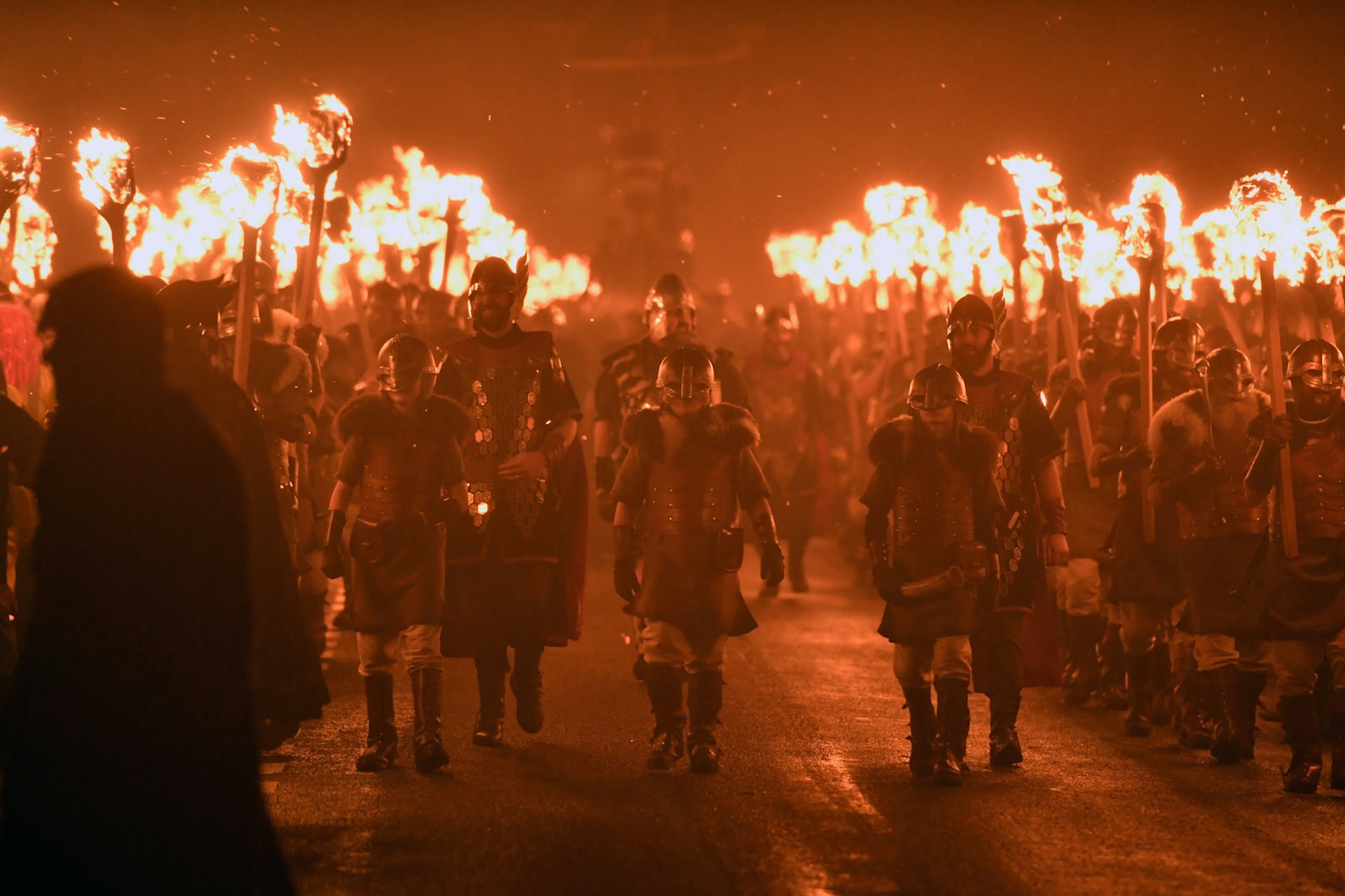
You can hardly imagine a more appropriate setting for a Viking fire festival. Yet the event as we know it today doesn’t date from the late 8th century, when the Vikings rushed ashore, swords and spears in hand. It is, as Lerwick local Trevor Jamieson explains, a fairly modern invention.
When not masterfully playing the banjo in the Up Helly Aa band, Jamieson works at the Shetland Museum & Archives and is a walking exhibit on all things Shetland. ‘The parade and the torches, that’s just the tip of the iceberg,’ he says. ‘Up Helly Aa is about more than the Vikings and fire, it’s about the community.’
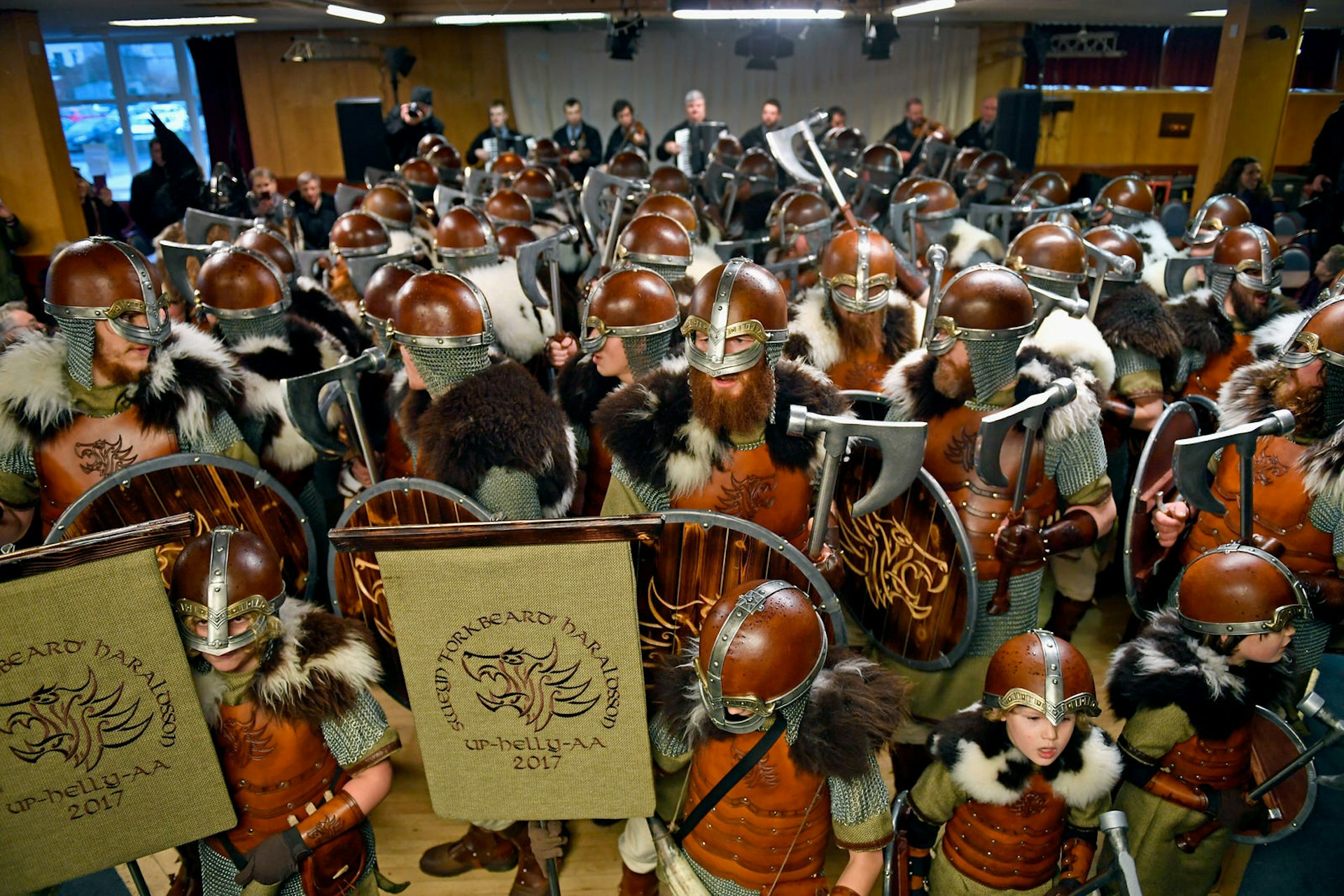
The origins of Up Helly Aa date back only to the early 1800s. At this time, the festival was more like one big Christmas knees-up, with Shetlanders taking to the streets to drink, dance, set barrels of tar on fire and roll them through the streets. Understandably, as time wore on authorities could no longer ignore the risks associated with unruly flaming objects steered by folk under the influence, and a change was called for. In 1870 a group of young Lerwegians rose to the challenge, reforming this night of revelry into an organised event, pushing the date back to the last Tuesday of January and emphasizing the Viking elements and theatrics that now draw in visitors from across the world.
The heart of Up Helly Aa
For all its global fame, locals are still the beating heart of Up Helly Aa. A few days before the festival I get a sneak peek of the Viking galley (longship) as it receives its last licks of paint from a dedicated team of slightly hungover chaps, giving up their Saturdays at a time when any normal creature would still be in bed. The galley shed is packed with over 1000 torches, all handmade by local volunteers. ‘There’s not much going on in winter so it gives us a sense of purpose, something to do,’ explains one bearded bystander. And between the sheer volume of props and event logistics it seems there is an awful lot to do, and a small army of locals behind it.
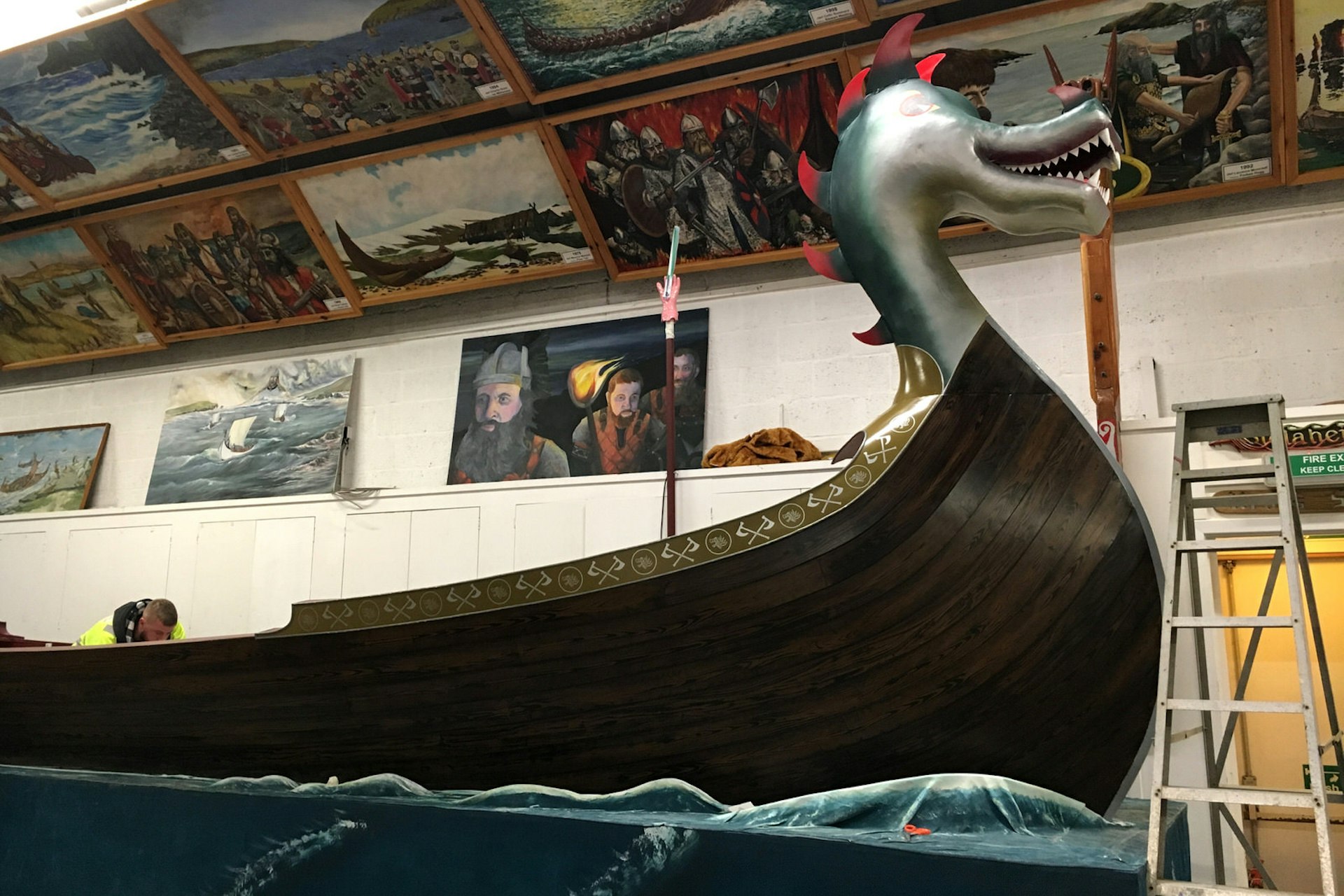
I’m introduced to Robert Geddes, Secretary of the Up Helly Aa Committee. His passion for the festival is infectious, and he explains that it’s a vital part of local life. ‘Kids learn about the festival from when they’re about three, making helmets and shields in school,’ he says, ‘so they’re a part of it from an early age.’ Outside of his Up Helly Aa duties, Geddes runs the local leisure centre in Lerwick (though it’s hard to imagine a man who looks like the descendant of a Viking king booking squash courts), and he attributes much of the continued success of the festival to its symbiotic relationship with local businesses. ‘Businesses fund it,’ he explains, ‘but they get back from it through the tourism and economy that the festival attracts. That way it gives everyone a sense of ownership.’
The whole town ignites
On the day of the festival this sentiment rings true. Throughout Lerwick the excitement is palpable as thousands of locals and visitors flood the streets to follow the Jarl Squad’s first march around town. During the day’s roster of photo ops and jubilant, axe-wielding roaring, the Jarl Squad will visit local schools, hospitals and care homes to bring a slice of the action to those who may not be able to make it out in person. But it’s the events after dark that truly set the town abuzz, and have local retailers selling out of the necessary battle gear for tonight’s spectators.
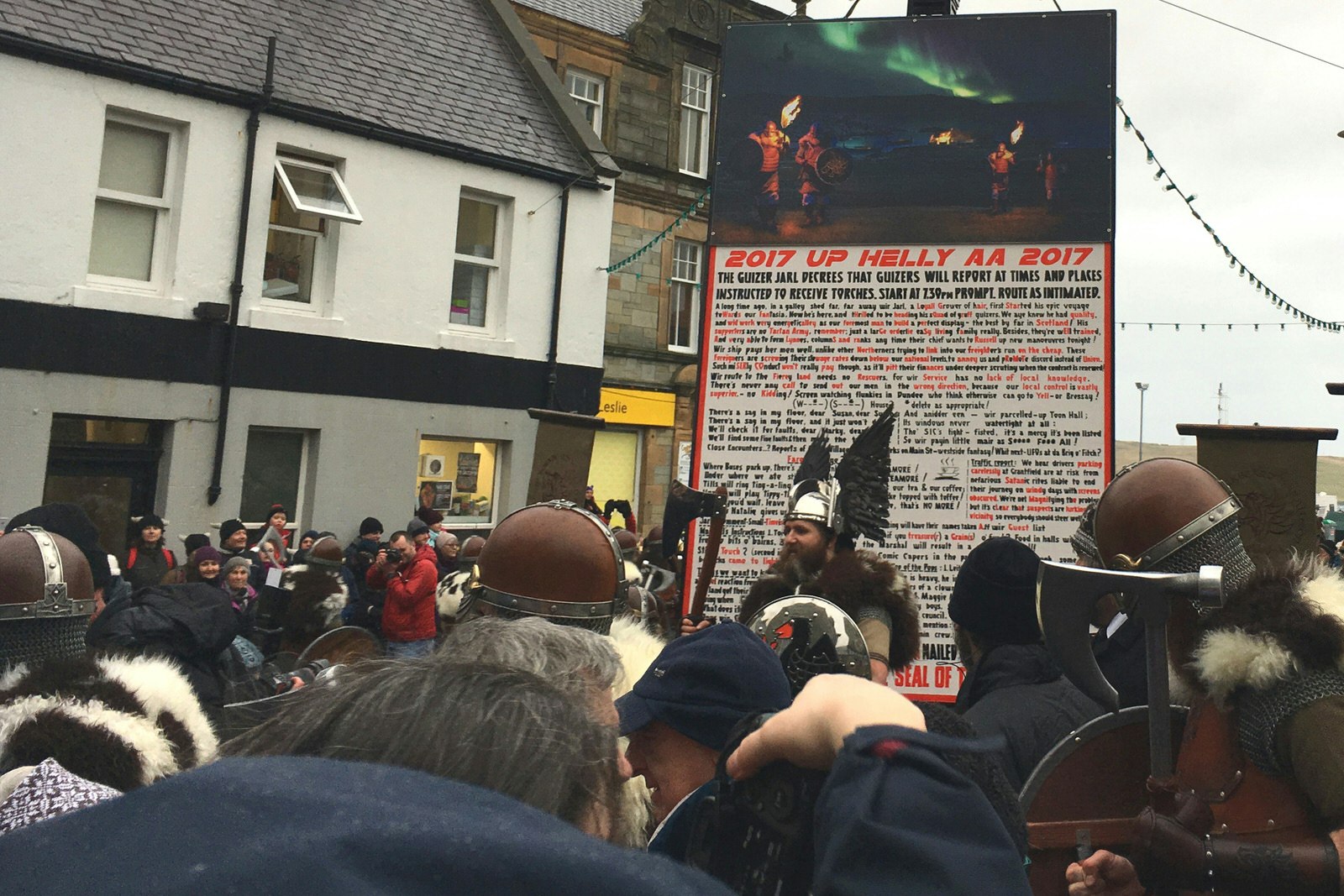
No matter where you stake your pitch, every one of us going head-to-head with the elements has a front-row ticket for the best bonfire show in the world. As the legions of torch-bearers stream past, it’s as though the whole town is ablaze. A heady stench of paraffin engulfs the crowd as the wind whips at the torches, showering us with sparks that tumble like erratic Catherine wheels. The cacophony of cheers and bellows echoes around the streets, culminating in a swirling mass of fire as the marchers turn off the road and begin circling the galley, which has come to its final resting place in a walled park in the middle of the town.
By day this spot is a children’s play area, but tonight it has the feel of a battle arena from Game of Thrones. The drum beat heightens, the singing reaches fever pitch and the torches are held aloft, poised to send the galley to Valhalla.

The blaze sets everyone within a 10m radius steaming and we’re all reminded that we’re frozen to the bone. Revellers find respite in the warmth of the halls. Occupying local recreational spaces, town halls and school gymnasiums, these are a nod to the old tradition of open houses. Today, the same principles still apply: we are fed and watered, and entertained by each squad of men from in the procession – a particular highlight is watching a group of blokes dressed as Mrs Brown’s Boys gyrating to a Pussycat Dolls song. After the skits, the whole hall – dolled-up teens and all – gets up to dance a traditional Scottish ceilidh. The live band strikes a jubilant chord and the party-goers are swept into a stepping, whooping swirl – it’s wonderful to see all ages of the community enjoying this local tradition.
The vision of the festival conceived by those young Lerwegians who tied together old and new in the late 1800s still rings true today – and the result is magnificent. Encapsulating the fascinating Viking heritage of Shetland and embodying the sentiment of the people who call this remote archipelago home, Up Helly Aa brings light and warmth to a dark time of year. Its traditions may not stretch that far back – and it’s hard not to notice the limited presence of women in the festivities – but the passion and dedication of the community for this celebration runs deep. You’d like to imagine a festival that prioritises its people can only grow into something more brilliant as new generations of Lerwegians take the reins.
Louise travelled to Shetland with support from Visit Scotland. Lonely Planet contributors do not accept freebies in exchange for positive coverage.
